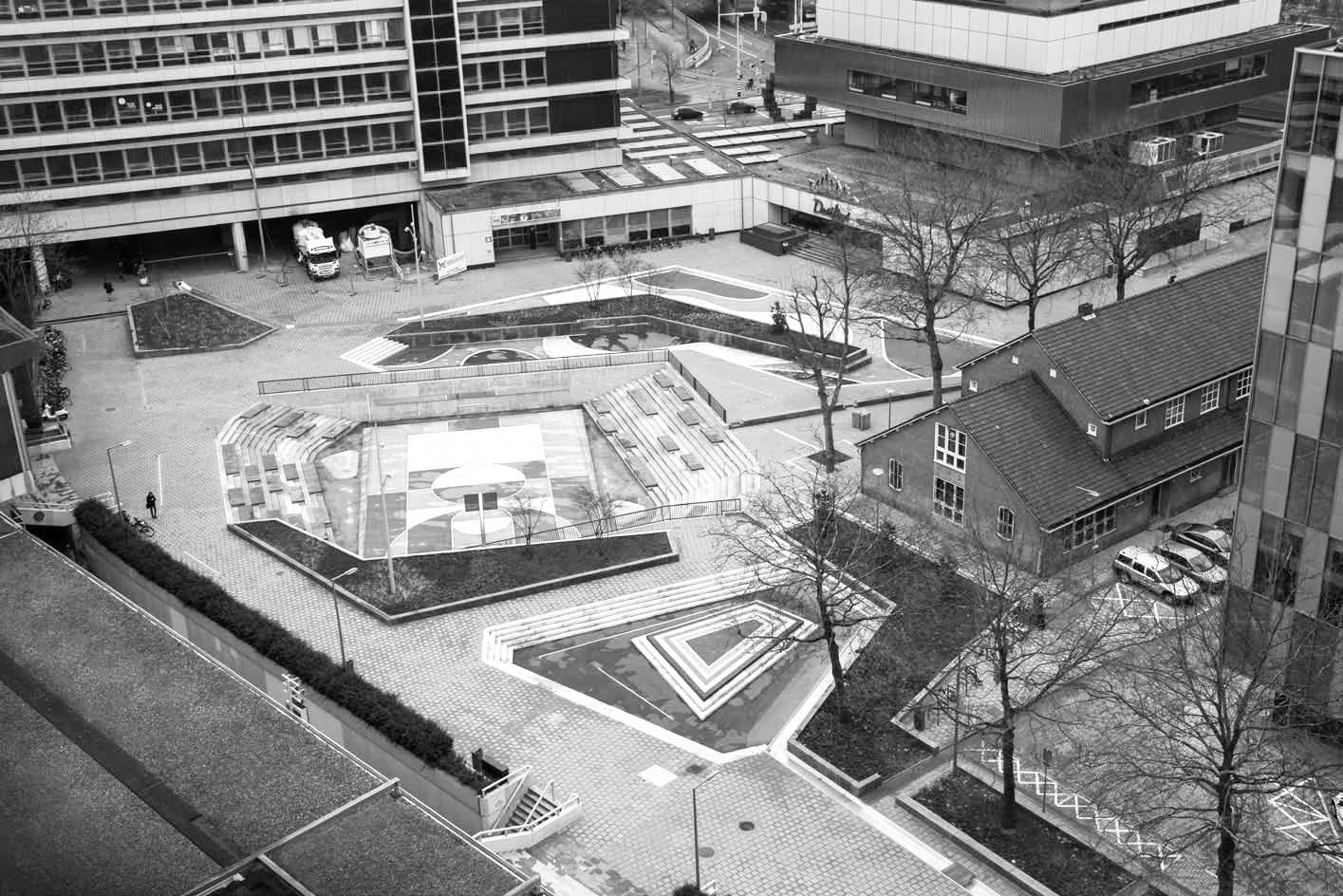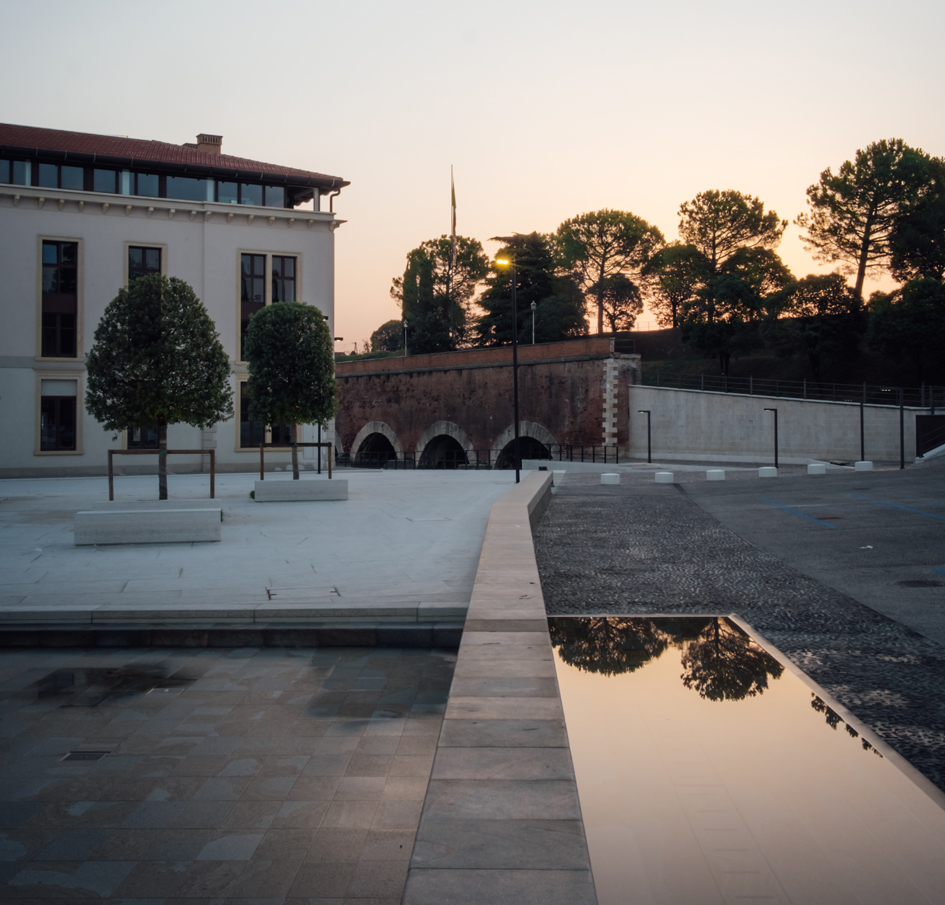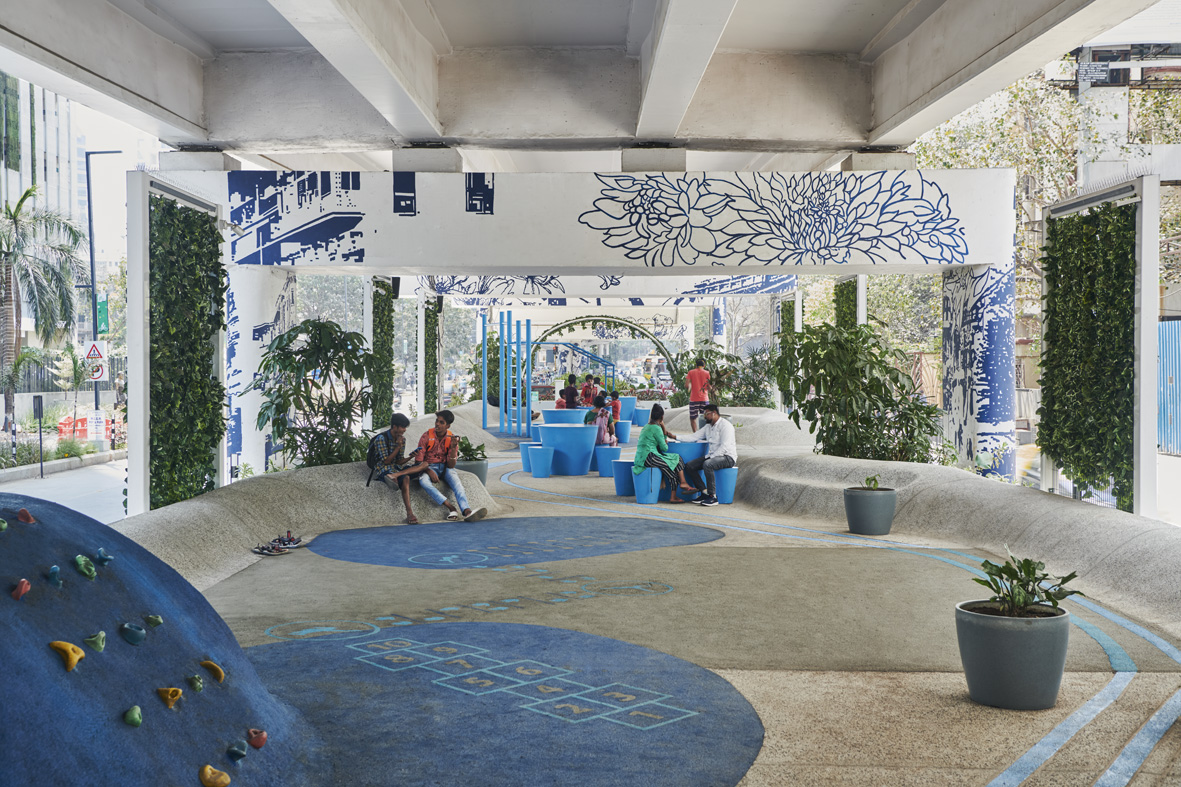THE ENVIRONMENTAL BENEFITS OF WATER IN THE DESIGN OF CONTEMPORARY PUBLIC SPACE
introduction
Gaia Nerea Terlicher
Since the dawn of Western culture, water has represented a key element in public space. Mankind has always integrated the neutrality of water in the built environment, in a respectful approach toward this resource, up to venerating it and making it a cultural and aesthetical element, characterizing urban space design. There has been a growing interest in Nature-Based Solutions (NBS) in recent years. These solutions use natural processes to improve urban water management. This interest acts as a response to the last-century Positivist approach, which produced the modern city by developing hard technological systems for urban resource management. The International Union for the Conservation of Nature (IUCN) defines NBS as actions to protect, manage and restore natural ecosystems in a sustainable way. Nature-Based Solutions can be classified into three main types: restoration, management and protection. Restoration involves the active rehabilitation of decayed ecosystems through reforestation or wetland restoration; management focuses on the sustainable use practices of ecosystems, such as Integrated Water Resources Management; protection implies safeguarding ecosystems and their services, including the establishment of protected areas or land use regulation. These solutions also have vast reception at the urban scale: new development models for the contemporary city are arising, envisaging the coexistence of the rigid system with a new soft system for promoting resilience models.















